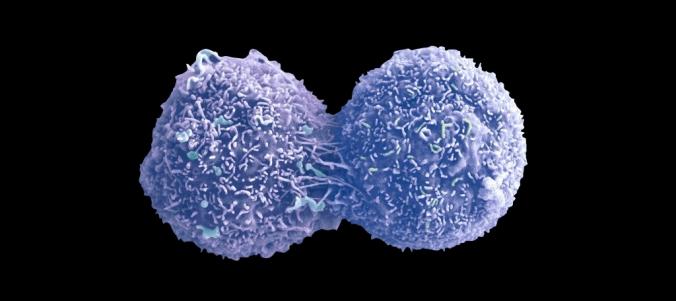Scientific American, January 31, 2015
At the University of Zurich, Rolf Kümmerli investigates new drugs to stop deadly infections. He spends his days in a laboratory stocked with petri dishes and flasks of bacteria—exactly the place where you would expect him to do that sort of work. But Kümmerli took an odd path to get to that lab. As a graduate student, he spent years hiking through the Swiss Alps to study the social life of ants. Only after he earned a Ph.D. in evolutionary biology did he turn his attention to microbes.
The path from ants to antibiotics is not as roundabout as it may seem.
Continue reading “Experimental Drugs Target Bacteria’s Social Network”
